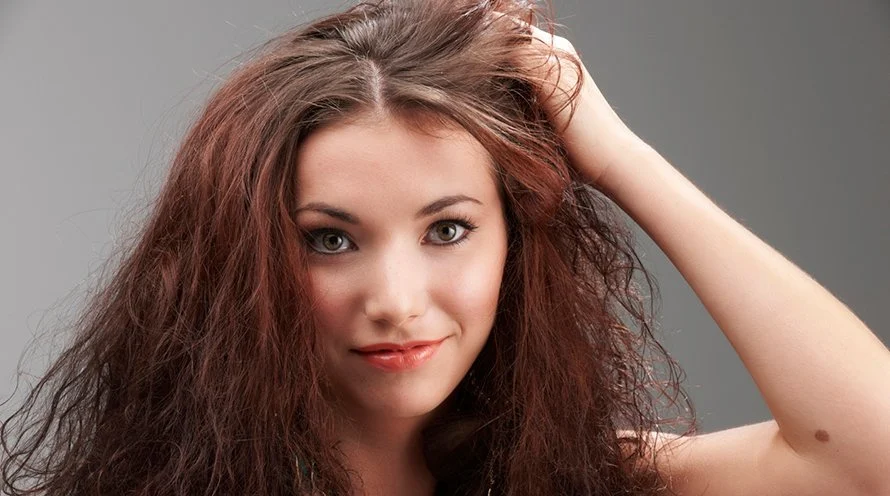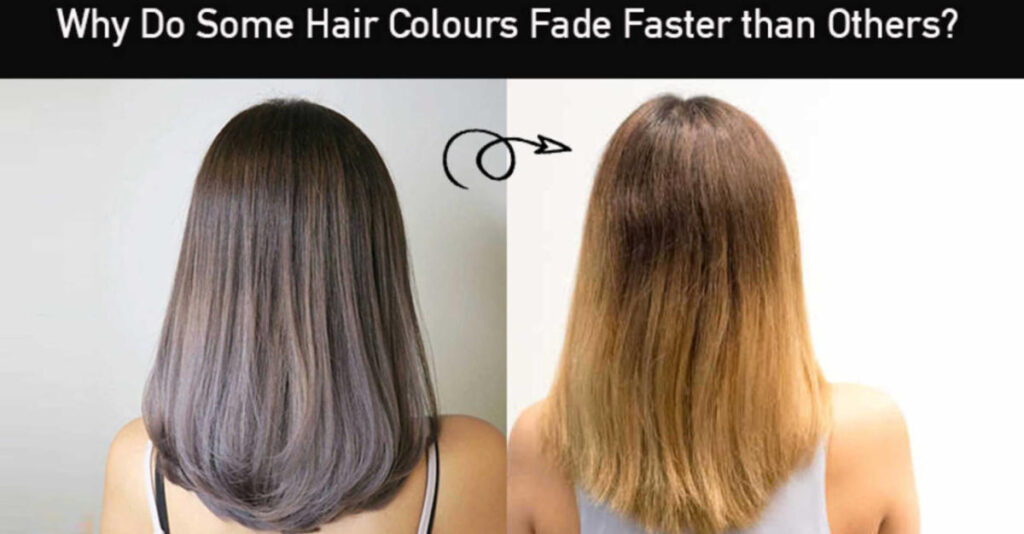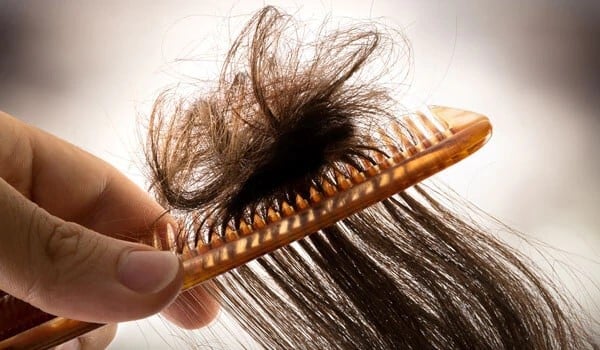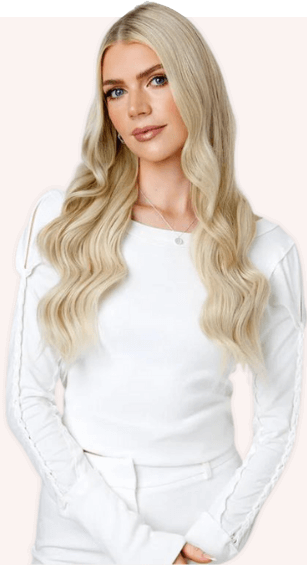While chlorine is a champion in maintaining pool hygiene, its effects on our hair and extensions might be less welcoming. If you’re a water enthusiast with a penchant for long, luscious locks, it’s time to explore the intricate relationship between chlorine and your hair health. From faded hues to parched strands, the impact of chlorine reaches beyond the glistening pool water. In this blog, we embark on a journey examining the side effects of Chlorine on hair and those glamorous extensions.
I. Understanding Side Effects of Chlorine on Hair and Hair Extensions:
Chlorine is usually present in swimming pools – whether they’re private or public – as an antibacterial to keep the water clean for everyone to enjoy. Its properties, however wonderful to kill harmful organisms, can be quite taxing on human hair – stripping away natural oils, breaking proteins, and eventually leading to dryness, brittleness, and breakage. Though our hair extensions are all made of 100% Vietnamese human hair, unlike your natural tresses, they do not receive any nourishment from your scalp, meaning that you’ll need to take some extra precautions to protect your investment. But first, let’s see what chlorinated water can do to your hair more in detail:

Side Effects of Chlorine on Hair #1: Dryness & Frizziness

Chlorine not only can strip the hair and hair extensions of natural oils but also has damaging effects on keratin, the protein in your hair, affecting your strands’ cuticle layer. This means that your hair will then struggle to retain moisture, leaving you with dry hair that becomes quite unruly. Dry hair becomes more prone to frizziness and statics. These factors both contribute to your hair looking frazzled and becoming hard to style.
Side Effects of Chlorine on Hair #2: Color Fading
Prolonged exposure to chlorine, especially when combined with other factors such as UV rays and/or salt water, can impact your hair and extensions’ shade. Chlorine can cause color-treated hair and extensions to fade more quickly. Especially in the case of light blonde hair, it may be particularly problematic for blonde or light-colored hair, as chlorine can give it a greenish tint.

CHECK THIS OUT: Make Your Hair Color Last Longer With These Golden Tip Tricks
Side Effects of Chlorine on Hair #3: Weakening and Breakage

With natural hair, prolonged exposure to chlorine can weaken the natural hair structure, making it more susceptible to split ends, and reducing the hair’s elasticity and breakage. With hair extensions, especially if they are synthetic or made from certain materials, can be more vulnerable to damage. Hair extensions may also lose their elasticity, affecting their overall lifespan. Find out more about the tips to extend hair extension lifespan in our dedicated blog: Extended Hair Extensions’ Lifespan: 6 Tips You Should Not Miss.
Side Effects of Chlorine on Hair #4: Tangling and Matting

Dry, brittle and unruly hair and hair extensions become a very bad combo. As the hair’s cuticle becomes compromised, your strands’ structure appears rougher and will become more prone to tangling and matting.
II. How To Protect Your Natural Hair and Hair Extensions From Chlorine?
Chlorine in swimming pools can be harsh on both natural hair and hair extensions, potentially causing dryness, damage, and discoloration. Here are some tips to protect your natural hair and extensions from chlorine:
Before Swimming:
- Wet Your Hair: If you are wearing clip-in hair extensions, you should know that this type of extensions are not designed to be worn in a pool or the sea. You’ll need to take them off. However, if you are wearing permanent hair extensions, before swimming, get your hair or extensions wet with fresh/filtered non-chlorinated water. This helps your hair absorb less chlorine.
- Apply Leave-In Conditioner: Coat your hair with a leave-in conditioner or a protective oil. This creates a barrier that can help minimize chlorine absorption.
- Wear a Swim Cap: Another solution would be to use a swim cap to protect your hair from direct contact with pool water (choose a cap made from silicone or latex for better protection). Might not be a particularly aesthetically pleasing accessory, but hey… It works.
During and After Swimming
- Rinse Immediately: After swimming, rinse your hair immediately with fresh water to remove chlorine. Pay special attention to the roots and the ends.
- Use a Clarifying Shampoo: Use a clarifying shampoo once a week to remove any chlorine buildup. Look for shampoos specifically designed to remove chlorine and other pool chemicals.
- Deep Condition Regularly: Deep condition your hair regularly to restore moisture and repair any damage caused by chlorine exposure.
- Avoid Heat Styling: Give your hair a break from heat styling tools, as chlorine can make the hair more susceptible to damage. Let your hair air-dry whenever possible.
- Protective Hairstyles: Consider wearing protective hairstyles like braids or buns to minimize direct exposure of your hair to pool water.
- Use a UV Protectant: If you’re swimming outdoors, use a hair product with UV protection to shield your hair from the sun’s rays, which can exacerbate the effects of chlorine.
→ By taking these precautions, you can minimize the impact of chlorine on both your natural hair and hair extensions while enjoying your time in the pool.
III. Conclusion
In conclusion, while chlorine is a widely used and effective disinfectant in swimming pools, its impact on hair and hair extensions cannot be ignored. Being mindful of the potential side effects of chlorine and incorporating protective strategies into your hair care routine will help you enjoy the pool while keeping your hair and extensions healthy and vibrant. By understanding the impact of chlorine and taking proactive steps, you can dive into the pool with confidence, knowing that your hair is shielded from the potentially harmful effects of this common pool chemical.


 BEST SELLING PRODUCTS
BEST SELLING PRODUCTS Wig Hair
Wig Hair WHOLESALE
WHOLESALE Contact us
Contact us Sale Events
Sale Events
